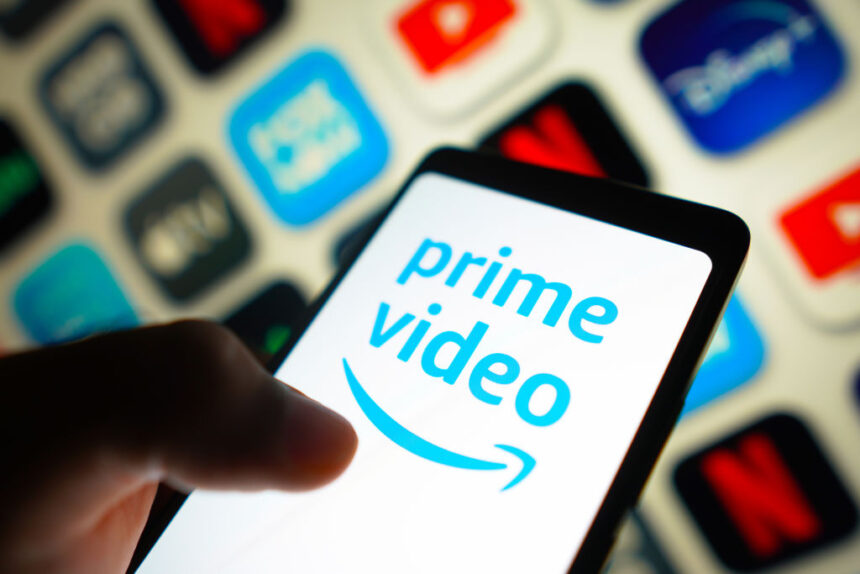On Monday, Amazon introduced advertising on its streaming service Prime Video. Ad-free viewing is now locked behind an additional $2.99 fee on top of the overall Amazon Prime monthly subscription cost.
While marketers recognize the appeal of running ads on Prime Video – particularly the promise to link ad viewership with sales on Amazon’s retail platform – most are holding off on major investments for now, according to media buyers.
One media buying executive said while they expect advertisers to shift “a few percentage points” of their streaming budgets to Prime Video toward the end of the year, budgets won’t shift significantly until next year’s upfront.
The exceptions are in the pharma and financial categories, which have begun investing in Prime Video more heavily than others, while brands in other categories have expressed interest in the platform without yet investing, said one holding company media exec.
Amazon may have missed the boat on getting significant ad investment in Prime Video at the time of launch, as it began pitching its offering after most 2023-2024 upfront deals had wrapped, said Ian Mullin, SVP of video investment at Havas Media Network.
“It was a challenging ask, because dollars are usually committed by that point,” he said.
To fill the gap in initial launch sales, Amazon has begun offering bonus impressions to marketers who spend at least $50,000 on Prime Video’s launch, AdAge reported. But most advertisers are content to wait and see how the new offering shakes out – and whether or not it can move the needle on sales more than competitors, said Will Phipps, head of media at Allen & Gerritsen.
“As soon as we show that connected TV and over-the-top media can drive performance in a stronger way than it has been attributed to, the floodgates will open,” he said.
He added that with a CPM priced at $36 dollars, according to a pitch deck first reported on by Adweek, Amazon Prime Video is fairly priced. By comparison, Netflix hit the market with a $65 CPM when it first revealed its ad-supported tier in November 2022. It has since dropped to around $47.
Now, Amazon must prove that its access to troves of first-party data from its retail platform, as well as from properties like Twitch and its Fire TV devices, can help measure and drive performance on Prime Video ads.
“We’re now living in a cookie-deprecated world, so first-party and zero-party data is never going to be more important than now,” Phipps said. “Prime is a seismic change to the video landscape because you’ve got a truly connected ecosystem that’s powered by first-party [data]. “For the first time, connected TV is going to be performance media.”
Brands that do invest in Prime Video’s offering will have to determine whether that investment comes out of their commerce or CTV budgets. Phipps sees investment coming from both, depending on the brand’s existing relationship with Amazon.
Brands that drive a significant amount of sales through Amazon display and search ads, for instance, might fund Prime Video investments through their commerce budgets. Brands that don’t already invest heavily in Amazon are more likely to use their streaming funds.
Havas’ Mullin expects that most marketers will tap into their streaming dollars for Prime Video, however.
He adds that while Amazon’s built-in subscriber base and its cheaper CPMs are advantages over competitors, the platform may lose Prime Video subscribers due to the price increase to avoid ads.
“It may shrink a little bit,” he said. “$3 isn’t a lot to pay…but I think you’ll see a lot of people say, ‘okay, I have ads now, I’m just going to continue to move on with my life and not worry about it.”
This article originally appeared on Campaign US.







